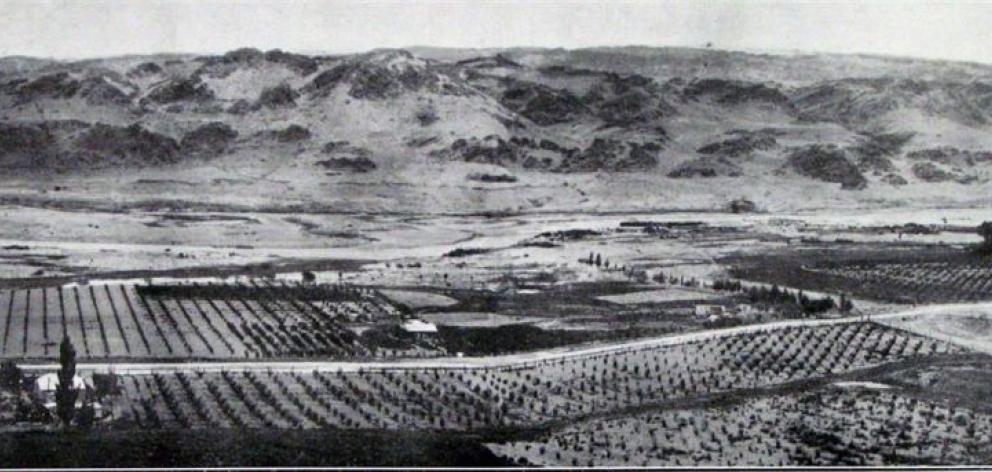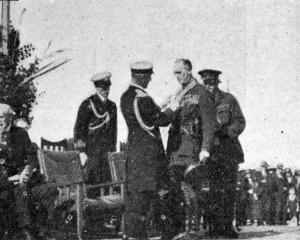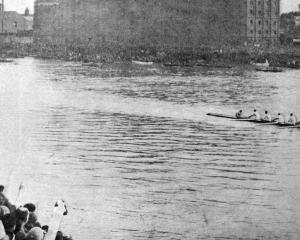
Since the evacuation of Gallipoli in December there must have been a very considerable concentration of colonial troops in Egypt, which would be materially increased by the periodic arrivals of reinforcements.
Any drafts of Australian or New Zealand troops sent to other localities we may presume to have been relatively small.
It argues a good deal of confidence on the part of the military authorities as to the situation in Egypt that the time should have been judged ripe for releasing the bulk, or even a large section, of the Australasian force for service in France.
And if the arrival of Russian troops in France be shrewdly interpreted as foreshadowing an early offensive on a large scale on the part of the Allies, the arrival of the Australians and New Zealanders in the same theatre will tend to increase confidence in that reading of the future.
In any event, the reinforced Anzac troops are now on the front upon which, according to the majority of the authorities, the great deciding blow of the war will be struck.
The Derwent potato, for which North Otago was at one time famous, has almost disappeared.
At times a tuber of the variety is to be obtained, but it is a poor apology for the mealy, full-flavoured sort that was so abundant during the years 1864 to 1885.
The late Mr Hassal, of Cave Valley, brought them early into prominence, and they were distributed over Otago as the Cave Valley flour-balls.
Their cultivation was taken up by the croppers of Kakanui and Totara, and great crops of fine tubers were produced. Fortunes were made by many of these potato kings.
The quality began to deteriorate, probably by a careless selection of seed, planting too often in the same ground, too little cultivation, and the prevalence of the fat-hen, which robbed the potatoes of their nourishment.
These, followed by the blights of various kinds, have completed the downfall of the Derwent. Occasionally a seedling has appeared with the true Derwent character. Mr Roxby, of Oamaru, discovered in his garden a batch of seedling potatoes which had resulted from the self-growing of a vagrant potato plum.
He selected and planted out seven whole potatoes in November.
These were cleanly cultivated, and grew well, and in April were dug, the produce being 207 potatoes, weighing 68lb. The potatoes have been examined by potato-growers and experts, and pronounced to be the true Derwent type.- ODT, 10.5.1916.












